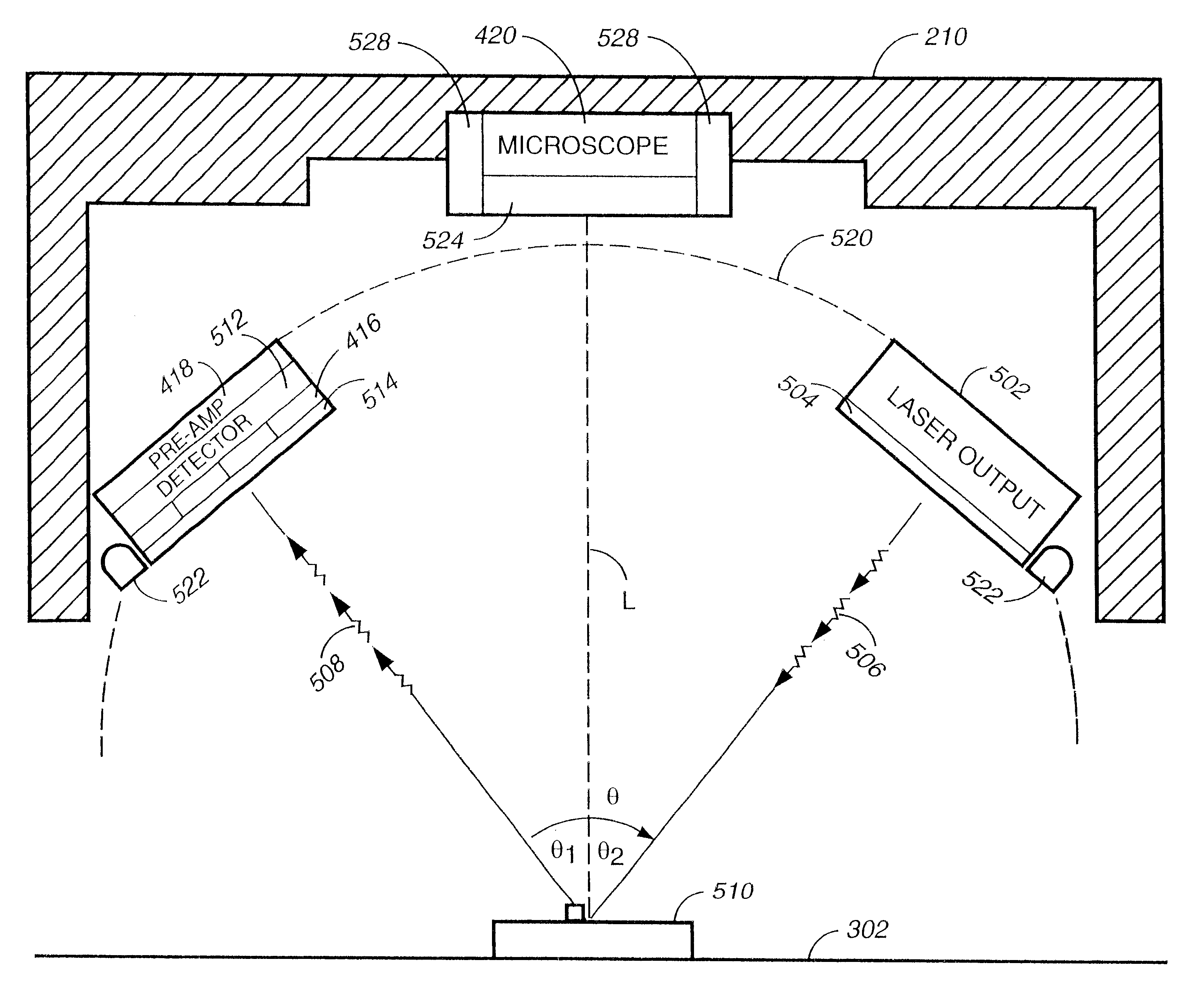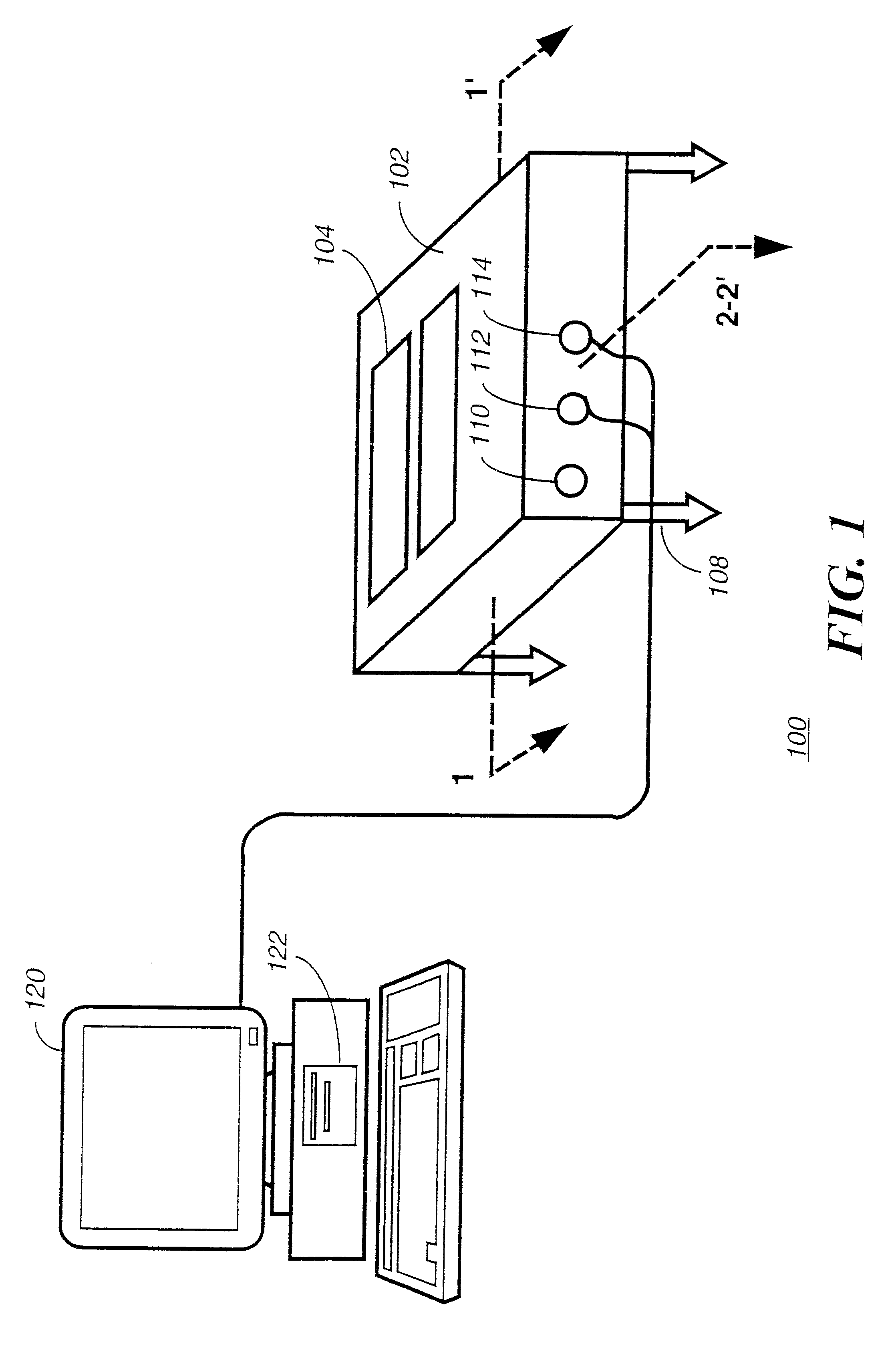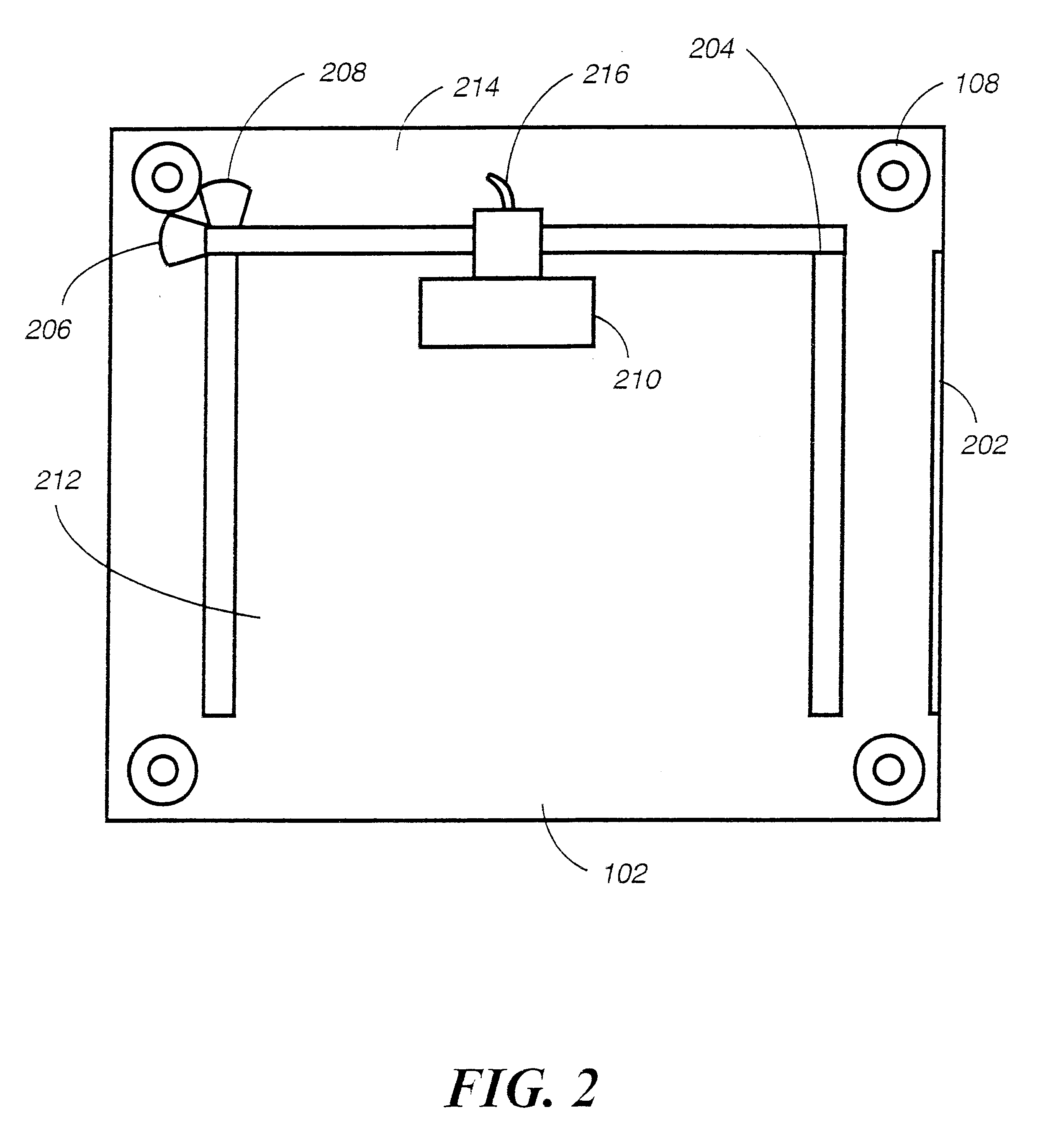The investigation of authenticity, and in particular, the discovery of a forgery, are problems that have plagued man since antiquity.
Today, fraudulent activity encompasses much more than paper currency.
The loss of valuable resources, man-hours, and associated assets due to fraudulent documents and financial media are escalating daily in the United States and other parts of the world.
Part of the problem is that there are no predominantly established, widely accepted protocols between government agencies, business, and academia to prove authenticity.
The primary difficulty stems from a lack of an instrumental solution.
Currently there is no automated mechanism or method to analyze documents or financial media which takes into account accurate age dating, the precise matching of varying ink samples, and alteration of a genuine article.
The incurred monetary loss is mainly due to check,
credit card, and paper currency fraud.
Unfortunately, technology which is available to the average
consumer continues to remain on par with the processes used to create original financial media and assorted legal
documentation by both government and corporations.
The wide availability of color printers and especially
full color copiers has greatly reduced the effectiveness of multicolor printing to stem counterfeiting.
First, these classical
wet chemistry analyses have proven to be highly unreliable as they involve personal, subjective judgments, even the opinions of experts may vary from one to another.
Second, these techniques cannot accurately distinguish between different samples of ink.
Fourth, these techniques do not provide a method to determine the origin of the document.
Fifth, the use of these
wet chemistry techniques is destructive and therefore makes the analysis difficult to repeat when necessary. Destructive techniques are highly undesirable, especially for application on rare or historic documents, and on evidence used in trials. Sixth, the use of classic wet
chemistry is cumbersome because it requires hand-to-sample manipulation. A wide range of chemical tests have been developed during this century, but none have proven accurate over a range of samples. Most of these tests are micro-scale. This makes them difficult to perform, difficult to repeat, destructive in almost all cases, and subject to wide variety of environmental
contamination. Seventh, few forensic methods have been developed to calibrate these tests. For example, thin-layer
chromatography (TLC) has been used to analyze very small flakes of ink and dyes, but this technique, at best, is merely qualitative, not quantitative. Eighth, and perhaps most important, forgers have developed techniques to overcome wet
chemistry analysis.
However, this suffers from several major problems: wavelengths are polychromatic, energy is either too high or too low and the
final examination has to be done by eyesight once again.
Even when the best light sources are used, such as lasers, in conjunction with the best detectors, the results are still qualitative, not quantitative, due to damage to the sample from analysis, or the lack of any standards for comparison.
Moreover, the current
spectral analysis of credit cards suffers from several weaknesses.
There is the destruction of the sample as well as the inability to differentiate between a genuine card and a genuine card that has been altered (as opposed to a total forgery).
Document analysis has attempted to develop techniques for age dating using basic
chemistry, but this is simply not sophisticated enough.
First, SEM-EDX is not accurate due to a wide variety of environmental
contamination such as particulate matter.
This
contamination interferes with the accurate microscopic compositional sample determination.
Second, with SEM-EDX, there is almost no spatial accuracy for differing elemental concentrations at the sub-micron level.
Third, although SEM-EDX is used to determine specific elements present qualitatively, the SEM-EDX technique cannot distinguish on a small scale the precise location of a quantitative amount.
Fourth, SEM-EDX cannot determine organic species, which comprises the majority of the samples used in document authentication and financial instruments.
However, MICR cannot be used for the analysis of financial media and many identification systems because such
documentation uses strips of magnetic material for
information storage.
An analysis conducted using MICR would destroy stored material within the magnetic strip, and in turn, the magnetic material would provide questionable results.
The Raman analysis of art has not yet proven itself quantitative nor has it been optimized for non-metallic species (organic).
In addition, current Raman technology developed specifically for the analysis of inks and dyes (FNF Foram 6500) is also incapable of quantitative analysis, possibly destructive, and subject to
fluorescence and back-scattering interference.
The main problems that all previously mentioned techniques suffer from are an inability to yield quantitative measurements in either elemental or
molecular analysis, a destruction of evidence, the inability to determine that degree of destructiveness, and the inability to distinguish between molecular or oxidation states which makes age
verification and
artificial aging detection by photolysis or heat impossible.
These techniques are inaccurate because their produced results are not quantifiable.
They are cumbersome in that they require hand-to-sample manipulation on written words and because they lack spectroscopic inter-comparison.
 Login to View More
Login to View More 


